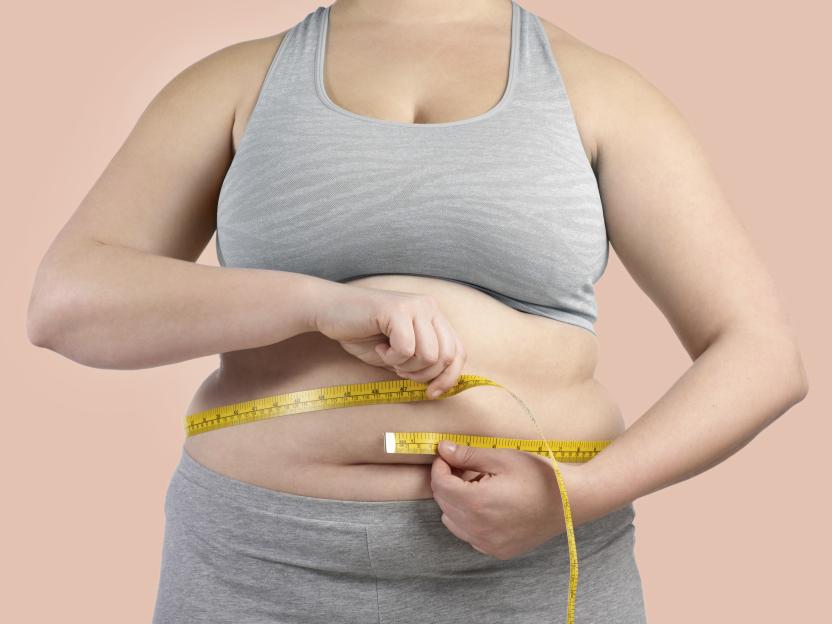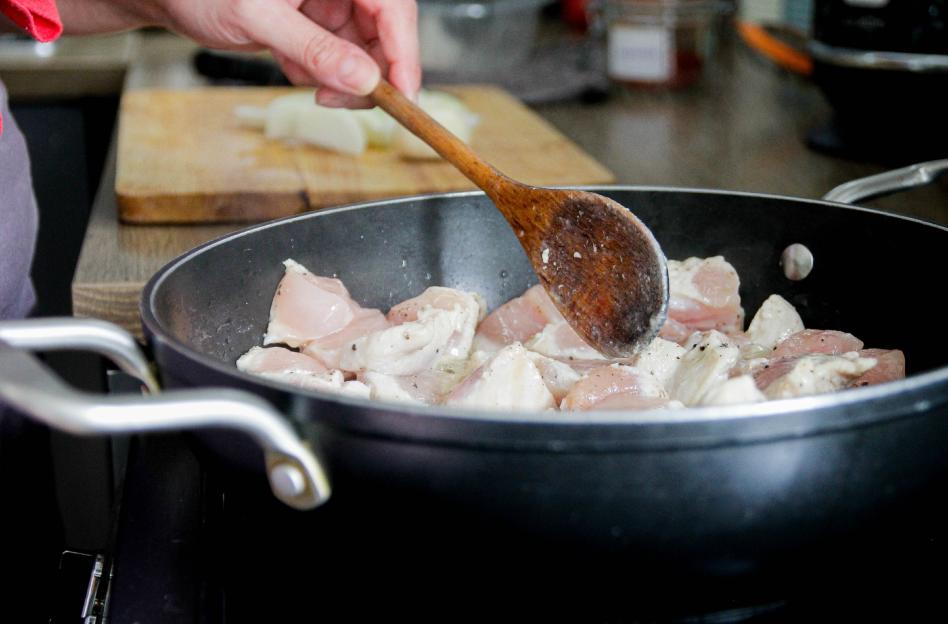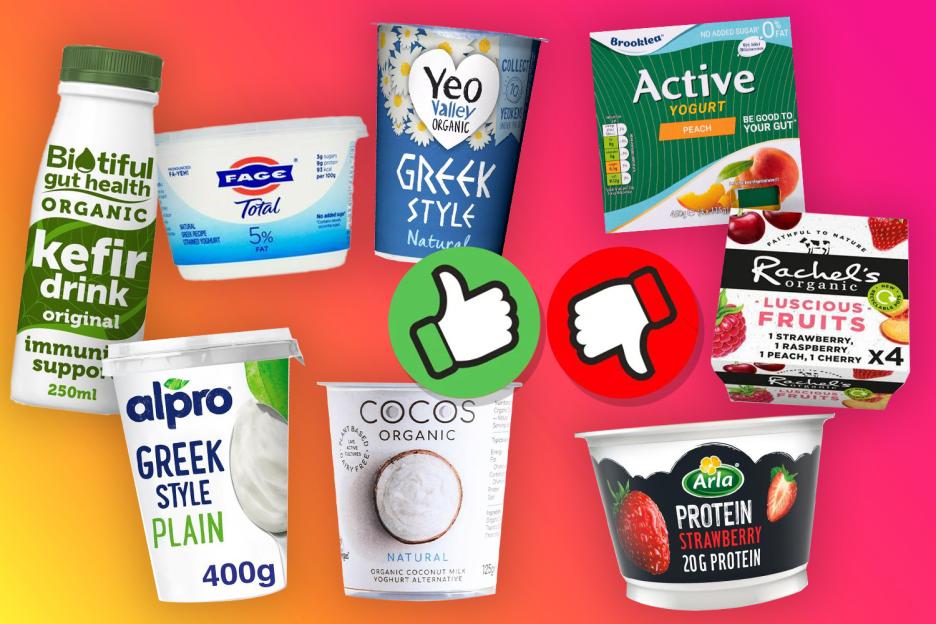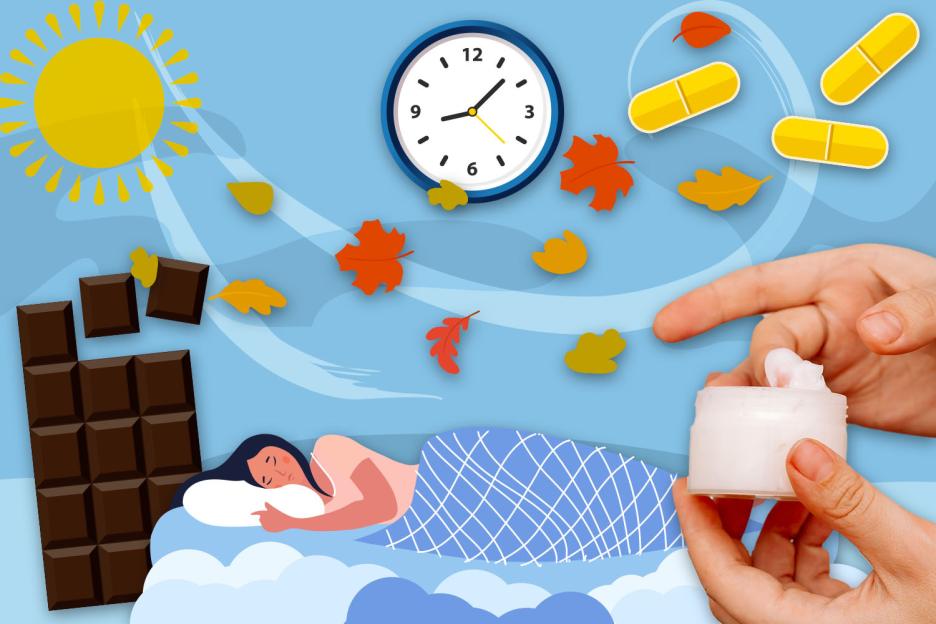WEIGHT loss drugs can sound like a magical quick fix to overeating and constant hunger pangs. But not everyone is eligible for the drugs, and lots wouldn’t opt for them even if they were.
Lots of us are still looking to though, so what if we said you could mimic the meds, with none of the ? The good news is there are simple ways to mimic .
 With a few diet changes, you can mimic the effects of weight-loss injections without the nasty side effects
With a few diet changes, you can mimic the effects of weight-loss injections without the nasty side effectsYep, with just a few changes, you could swerve the , nausea, and the drugs can trigger, and still gain the health benefits of losing a few pounds.
First developed to treat , the medications â and (available on the NHS) â are licensed for weight management for people living with obesity (BMI over 30), or those overweight (BMI of 27) with a weight related comorbidity, “like high blood pressure, high cholesterol or even knee osteoarthritis,” explains Dr Tom Curtis, Clinical Head of Obesity at Voy.
is also prescribed to treat but is not licensed for weight loss in the UK.
They work by mimicking naturally occurring incretins â hormones, like GLP-1 â that tell your brain you’re full up.
“They reduce your minute-to-minute hunger drive,” says Dr Curtis.
“They also slow stomach emptying, so make you fuller for longer and can stabilise blood sugars.”
But certain foods can put the brakes on hunger like this too...
THE ‘NOZEMPIC’ DIET
“EVERYBODY createsafter they eat, along with a whole swathe of other hormones that tell us we’re full and don’t necessarily need to carry on eating,” says Emily Lenoir, a registered associate nutritionist and behaviour change coach at Voy.
“There are a few foods that might increase the feeling of fullness, and that often is in relation to a slight peak in GLP-1.”
So, pop these in your basket when you next do a big shop...
1. MEAT FEAST
 Protein takes longer digest and seems to increase GLP-1 levels which will help support that feeling of fullness for longer
Protein takes longer digest and seems to increase GLP-1 levels which will help support that feeling of fullness for longerCHICKEN, turkey, salmon, eggs... is your friend.
“Protein takes a little bit longer to digest; it stays in our stomach for longer,” says Lenoir.
“There also seems to be a slight increase in GLP-1 after eating protein.”
She adds: “If a quarter of your meals is coming from protein, which is often what we recommend, then you’re likely to have that meal stay in your stomach for a bit longer, and help support that feeling of fullness.”
Research from 2020 found that egg whites are particularly handy for GLP-1 release, so get boiling.
2. THE F-WORD
 Eating fibres in your meal will help slow digestion and make sure you feel fuller
Eating fibres in your meal will help slow digestion and make sure you feel fullerhelps slow digestion, ultimately making you feel fuller for longer.
“That comes from a variety of fruits and vegetables,” says Lenoir.
“If you’re getting a whole range of fibres â fermentable fibres (loved by good gut bacteria), and soluble fibres (which slow digestion) â in your meal, that will help slow digestion and make sure you’re feeling fuller.”
Insoluble fibre includes wholegrains like brown rice and wholegrain cereals, as well as leafy greens, nuts and seeds.
Soluble fibre, the best type for keeping you full, includes oats, lentils, beans, apples, pears and root vegetables.
It turns into a gel-like substance in the gut. Like fat jabs â but by different mechanism â this slows the rate at which food exits, keeping you fuller for longer.
Berries are incredibly fibre-rich, as are apples, broccoli, peas, beans and Brussels sprouts.
Some studies have found you can reduce glucose spikes, often caused by carbs, by eating your veg first, but Lenoir says not to worry about that too much.
“If you’re eating carbohydrates alongside lots of different foods, you’re likely to manage that quite well anyway,” she says.
And eating things separately isn’t always realistic.
“If you’re making Bolognese, you’re not going to split that up into your veggies, beef and then pasta,” says Lenoir.
3. OATS SO SIMPLE
 Overnight oats and homemade granola ticks all the boxes to help you feel fuller
Overnight oats and homemade granola ticks all the boxes to help you feel fullerGO big on homemade granola and porridge for breakfast to curb hunger pangs through the day â oats are a soluble .
A 2024 study in the Journal of Nutrition, led by University of Arizona, showed that beta-glucan, found in insoluble fibres like oats, barley and mushrooms, was the only type of fibre that helped mice lose weight by facilitating the release of GLP-1.
Lenoir says: “Oats are high in fibre and have some proteins.
“They tick all the boxes in that respect and definitely help people feel fuller.
“It’s important to also pair your meals so you’re having a bit of everything.
“Oats are the majority carbohydrates, so you want to pair that with some yogurt, berries, nuts and seeds on top, to give you that full variety.
“That can help you feel satisfied for a prolonged period, and stop that big peak and trough that can come from a higher carb meal.”
4. GO NUTS
 Having a handful of almonds or pistachios as a snack might increase your GLP-1 levels too
Having a handful of almonds or pistachios as a snack might increase your GLP-1 levels toocan divide a room â some people feel saintly snacking on them, but others are wary of eating too many for fear of getting fat.
However, a review from 2016 revealed almonds, pistachios, and peanuts might actually increase GLP-1 levels thanks to being packed with protein, fibre and healthy fats.
Lenoir says: “They’re shown to overall be quite beneficial if you’re adding a handful here and there, but obviously, if you were eating a huge amount, that might have an impact on your energy levels across a day.”
Too many could also impact your waistline, so keep portion sizes under control.
5. HOLY GUACAMOLE
 Avocados have a good level of fibre in them â and can also slash insulin levels while increasing GLP-1
Avocados have a good level of fibre in them â and can also slash insulin levels while increasing GLP-1MILLENNIALS might get a lot of grief for how many avocados they eat, but it looks like they’re onto something.
A 2019 study by the Center for Nutrition Research at the Illinois Institute of Technology found the guacamole staple can slash insulin levels and increase GLP-1 levels, alongside peptide YY â another appetite-regulating hormone â when eaten in place of carbs.
Avocados also “have a really good level of fibre” in them, which helps with satiety, says Lenoir.
She adds: “But similarly [to nuts], it’s got fats in it, and fats are higher in energy per gram than other macronutrients.
“It’s important to consider your whole diet, and probably eating just avocado isn’t going to fit the bill.”
6. PICKLED
 Fermented foods are often dubbed ‘superfoods’ but could also curb your appetite
Fermented foods are often dubbed ‘superfoods’ but could also curb your appetiteKEFIR, sauerkraut, yogurt, pickles and kimchi are all that could supercharge your appetite-curbing hopes.
“Fermented foods help improve the number of good gut microbiome species in your gut, and also sometimes act like fermentable fibres, which give us short chain fatty acids,” explains Lenoir.
“There’s some evidence to suggest that that can increase the level of GLP-1.
“If you have a better variety of gut microbiome then you’re likely to be able to manage hunger slightly better.”







